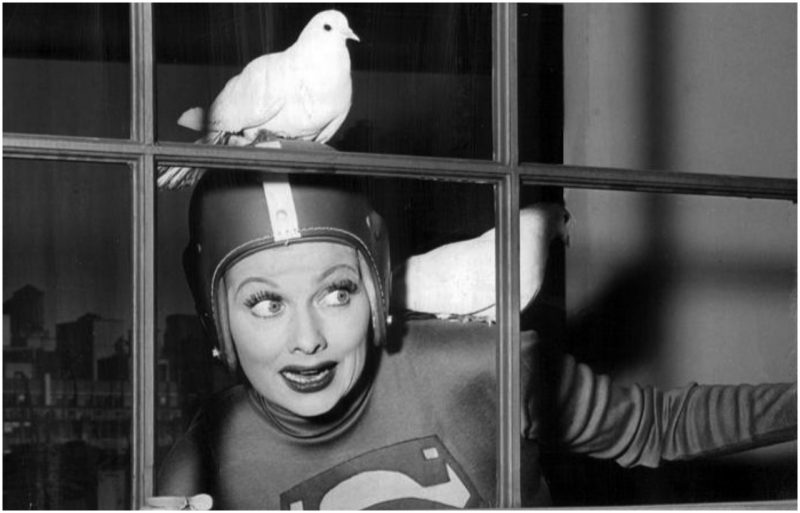It’s the bane of producers and fans alike, though TV wouldn’t be the same without it. Canned laughter. The laugh track. Even today, the use of pre-recorded audience reaction is a major part of shows such as The Big Bang Theory, albeit mixed in with the sound of an actual crowd.
In recent years modern technology has allowed the YouTube generation to have some fun, stripping favorites like the iconic sitcom Friends of their laugh tracks and creating a strangely desolate experience for viewers accustomed to having an audience present in their ears.
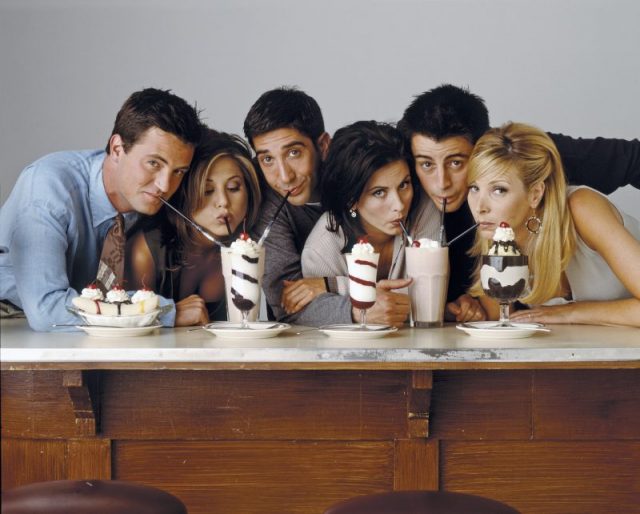
The act of inserting chuckles, giggles and guffaws began in America. Radio and the new medium of TV, which arrived in the late 1940s, were airing live shows with one problem. Performers always hit their mark. Audience members didn’t. To compensate for any lack in hilarity, engineers relied on recordings of more appreciative spectators to pep up any lackluster responses on the night.
There was also the matter of what listeners and viewers were used to. Entertainment was a shared experience. People sat together in the theater or movie house to enjoy things collectively. Now someone could sit alone in their room staring at a glowing screen.
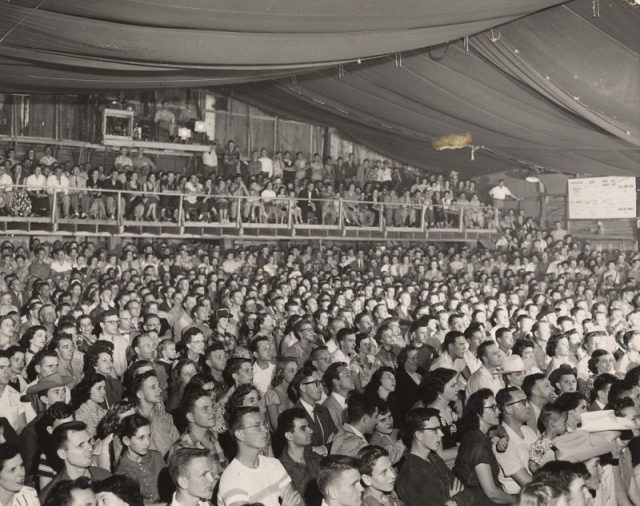
A 2014 IndieWire article remarks that “Almost all performance art was a communal experience up until this point, and radio and TV made it a personal one.”
So canned laughter was a practical necessity, as well as a gimmick. The process was known as “sweetening.” That was until former Naval radar systems developer and sound engineer Charley Douglass came up with the “Laff Box,” taking the concept to the next, somewhat dubious, level.
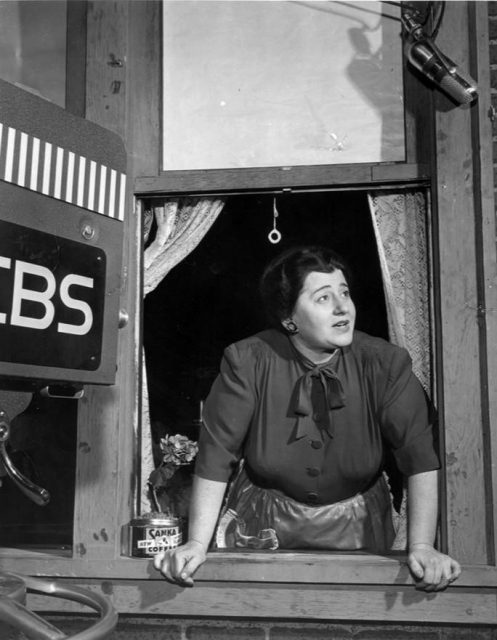
This eye-catching piece of kit supplied producers with all their laughing needs. IndieWire describes it as “a two-and-a-half foot high device that looked like a mix of an organ and a typewriter. Its keys, when connected to the laugh recordings, creating a range of response for any joke, big or small.
One key produced a woman’s laugh, another a child’s; a mix would create big laughs, a single would create minor one.”
Top 10 Worst Sitcoms Ever
Short-lived sitcom The Hank McCune Show (1950) became the test bed for an audience-free production. McCune passed into history. The Laff Box meanwhile kept on delivering. Regardless of naysayers, the results were undeniable.
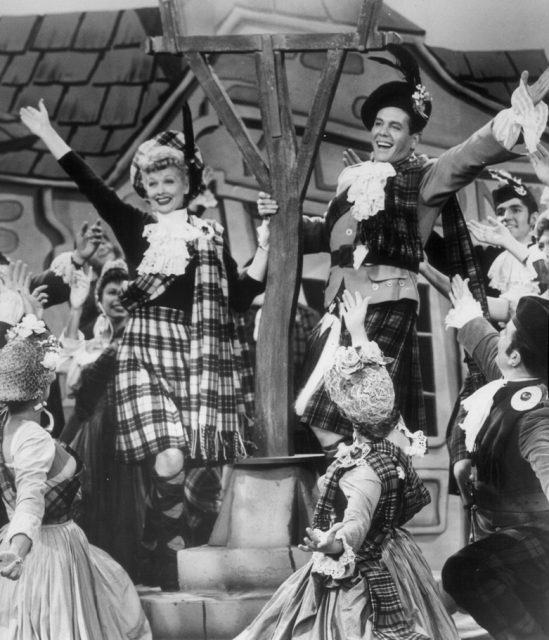
I Love Lucy bucked the trend by employing the then-groundbreaking practice of a multi-camera setup plus an actual audience. However as production became more sophisticated, and live broadcast moved to tape, busy editors relied on the Douglass’ magic box to fill a quiet moment.
Douglass himself was certainly no soulless machine, believing the Laff Box should only be used sparingly.
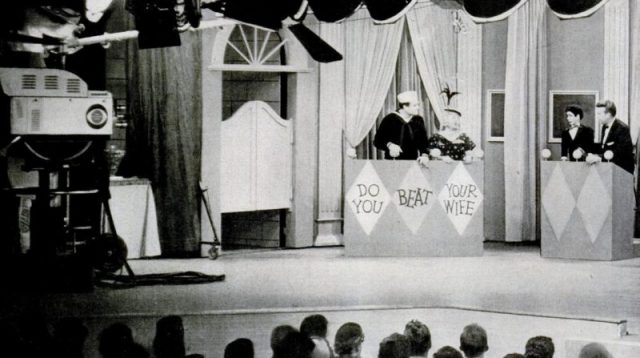
He and show creators faced opposition from the suits upstairs. A BBC article from 2016 mentions that “Even as comedy in the US grew more sophisticated throughout the 1970s, with shows… tackling major issues of the day, the laugh track remained. Larry Gelbart, co-creator of the war comedy M*A*S*H, wanted his show to air without laughs – ‘just like the actual Korean War,’ he cracked.”
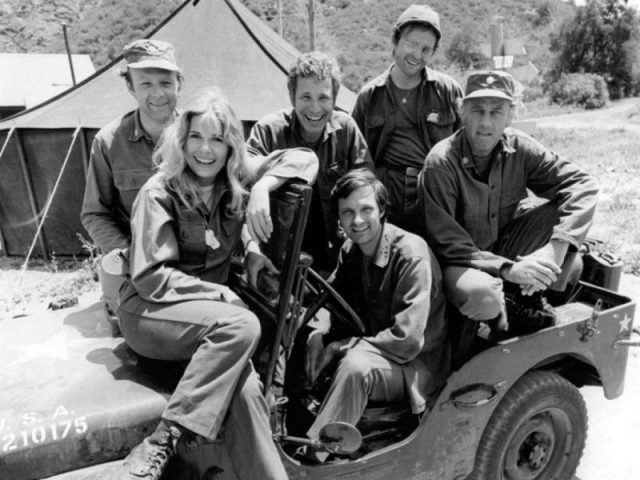
Ultimately the medium moved into different territory. The shift toward downbeat, realistic comedy in the Noughties, such as Ricky Gervais’ The Office and its U.S. counterpart, meant producers could finally ditch canned laughter and embrace the new century.
The way audiences watched comedy had changed. As the BBC comments, “The age of the DVD meant that whereas before you could only watch an episode once when it broadcasted and then maybe catch it years later in syndication, you could now watch episodes over and over, picking out details and finding new jokes through repeat viewings.”
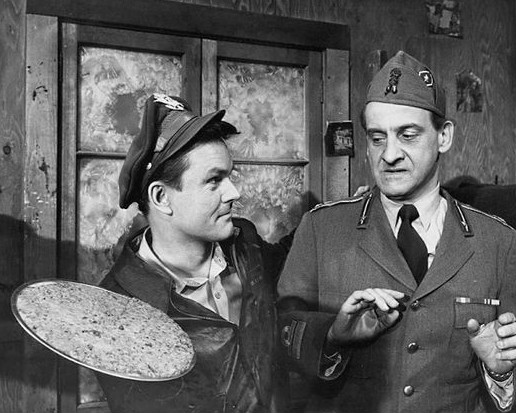
The Laff Box and its legacy was down, but it definitely wasn’t out. It received a shout-out of sorts from Fight Club author Chuck Palahniuk in 2002, whose book Lullaby makes an interesting observation. As quoted on the BBC Culture website, “Most of the laugh tracks on television were recorded in the early 1950s. These days, most of the people you hear laughing are dead.”
Unfortunately for nihilists, this view isn’t accurate. Engineers moved with the times and recorded fresh fits of hysteria, even if they were employing the same old trick. Like it or not, canned laughter will be on air for a long time yet.
Steve Palace is a writer, journalist and comedian from the UK. Sites he contributes to include The Vintage News, Art Knews Magazine and The Hollywood News. His short fiction has been published as part of the Iris Wildthyme range from Obverse Books.
